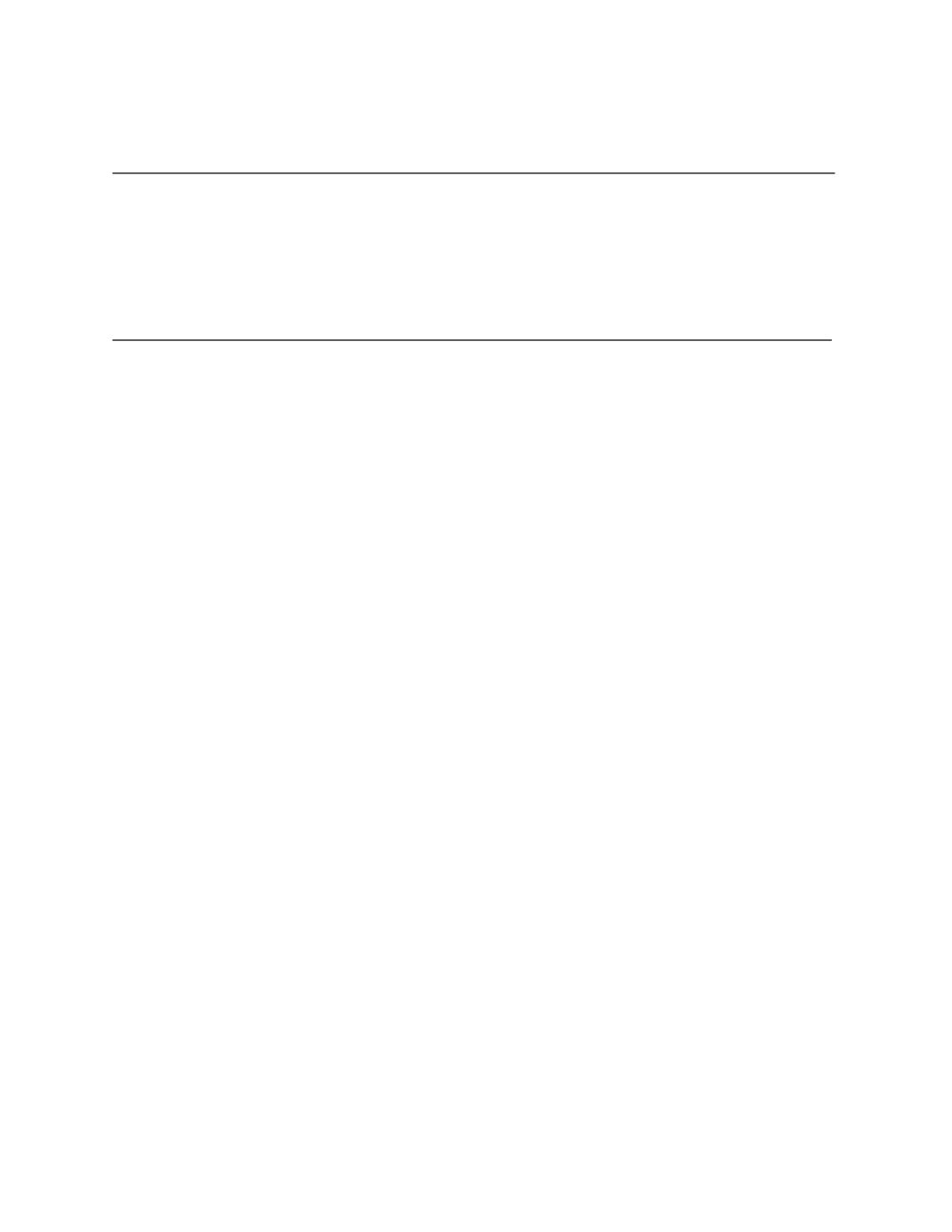

Tentative Course Outline:
Prehospital Emergency Pharmacology: Ch. 1‐6.
TOPIC ‐ CLASSROOM _________________________________________________
General Information
Ch. 1
Pharmacokinetics and Pharmacodynamics
Ch. 2
Administration of Medications
Ch. 3
Medication Dosage Calculation
Ch. 4
Fluids, Electrolytes, and Intravenous Therapy
Ch. 5
The Autonomic Nervous System
Ch. 6
TOPIC – LAB
_____________________________________________
Inhaled Medication Administration – Skill Lab
Intravenous Therapy – Skill Lab
Intravenous Piggyback Infusion – Skill Lab
Intravenous Bolus Medication Administration – Skill Lab
Intraosseous Infusion – Skill Lab
Intranasal Medication Administration – Skill Lab
Intramuscular and subcutaneous Medication Administration – Skill Lab
Course objectives details to be covered according to the EMS National Standards instructional
guidelines.
General Education Goals/Objectives:
Not identified as a general education course.
Relationship to Campus Theme:
The goal of the Paramedic (EMT) program is to prepare professionals
to work in the emergency medical services industry. The Paramedic program is committed to a hands‐on
learning environment and uses field experiences in emergency medical services as common instructional
techniques.
Classroom Policies:
See Dakota College at Bottineau ‐ paramedic program guide.
Student Email Policy:
Dakota College at Bottineau is increasingly dependent on email as an official form
of communication. A student’s campus‐assigned email address will be the only one recognized by the
campus for offi8cial mailings. The liability for missing or not acting upon important information
conveyed via campus email rest with the student.
Academic Integrity:
The academic community is operated on the basis of honesty, integrity and fair
play. Occasionally, this trust is violated when cheating occurs, either inadvertently or deliberately this
code will serve as the guideline for case where cheating, plagiarism or academic improprieties have
occurred.
1. The primary responsibility of the students, faculty and administration is to create an
atmosphere where the honesty of individuals will not be questioned.
a. Faculty members are responsible for providing guidelines concerning cheating and
plagiarism at the beginning of each course, and should use precautionary measures and
security in cases where cheating is likely to occur.


















